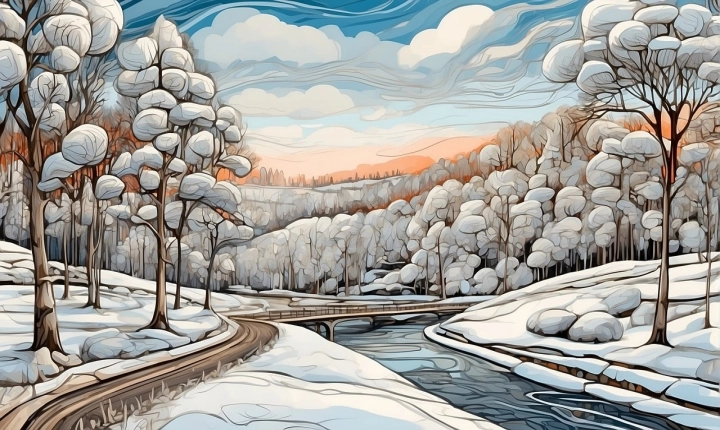Can OpenAI Draw? Exploring the Capabilities of Artificial Intelligence in Art
Art has always been a domain largely associated with human creativity and expression. However, with the advancement of artificial intelligence (AI) technology, there is an increasing interest in exploring the capabilities of AI in art creation. OpenAI, a leading AI research organization, has been at the forefront of this exploration, particularly with its neural network-based drawing model known as DALL·E.
DALL·E, introduced by OpenAI in early 2021, is a remarkable example of how AI can be trained to generate highly realistic and imaginative images from textual descriptions. The model is capable of understanding and interpreting complex textual prompts and transforming them into visual representations, often with astonishing creativity and attention to detail.
One of the most remarkable aspects of DALL·E is its ability to generate diverse and contextually relevant images based on a wide range of input prompts. For example, given a prompt like “an armchair in the shape of an avocado,” DALL·E can produce a vivid and detailed image that embodies the essence of the given description. This showcases the model’s capacity to combine and reimagine concepts in novel and unexpected ways, blurring the lines between human and AI creativity.
Moreover, DALL·E’s potential extends beyond simple visual representations. It can generate images that depict complex scenes, surreal landscapes, and abstract concepts, demonstrating a remarkable capacity for artistic expression. This opens up new opportunities for artists and creators to collaborate with AI in generating visually compelling content that pushes the boundaries of traditional artistic creation.
Despite these impressive capabilities, the use of AI in art creation has sparked debates about the ethical and cultural implications of AI-generated art. Questions about authorship, ownership, and the impact on the job market for artists have emerged as AI becomes increasingly proficient in creative tasks. Additionally, concerns about the potential for AI-generated art to devalue human creativity and originality are being raised within the artistic community.
However, proponents of AI-generated art argue that it has the potential to democratize creativity and expand the possibilities for artistic expression. By leveraging AI’s ability to quickly generate a wide variety of visual concepts, artists can explore new ideas and styles, pushing the boundaries of their own creativity. This collaborative approach to art creation, where human artists work alongside AI models like DALL·E, has the potential to enrich the artistic landscape and inspire new forms of expression.
In the realm of commercial applications, AI-generated art presents opportunities for industries such as advertising, design, and entertainment to streamline the creative process and generate visual content more efficiently. The ability of AI to rapidly produce high-quality images based on textual prompts can revolutionize creative workflows and provide new avenues for visual storytelling and communication.
As OpenAI continues to refine and expand the capabilities of DALL·E and other AI-powered art generation models, the potential for AI in art creation will only continue to grow. It is clear that AI has the capacity to complement and enhance human creativity, offering new ways for artists and creators to explore, experiment, and innovate.
In conclusion, OpenAI’s DALL·E and similar AI models represent a significant leap forward in the intersection of AI and art. While the ethical and cultural implications of AI-generated art remain subjects of ongoing debate, it is undeniable that AI has the potential to revolutionize the creative process and inspire new forms of artistic expression. As we continue to explore the capabilities of AI in art, the collaborative relationship between human creators and AI models like DALL·E may usher in a new era of creativity and innovation.
